We are always asked, what is the difference between Architects and Residential Designers?
From the initial sketches to the construction process, residential design encompasses the art and science of designing buildings. Successful residential designers have a strong understanding of the structure and materials of a home and building codes to create safe and functional structures. They must also be able to think creatively and come up with innovative designs.
Here we’ll explore the ins and outs of residential design, why it’s important, and why having Ellergodt Design as your partner results in a seamless project experience.
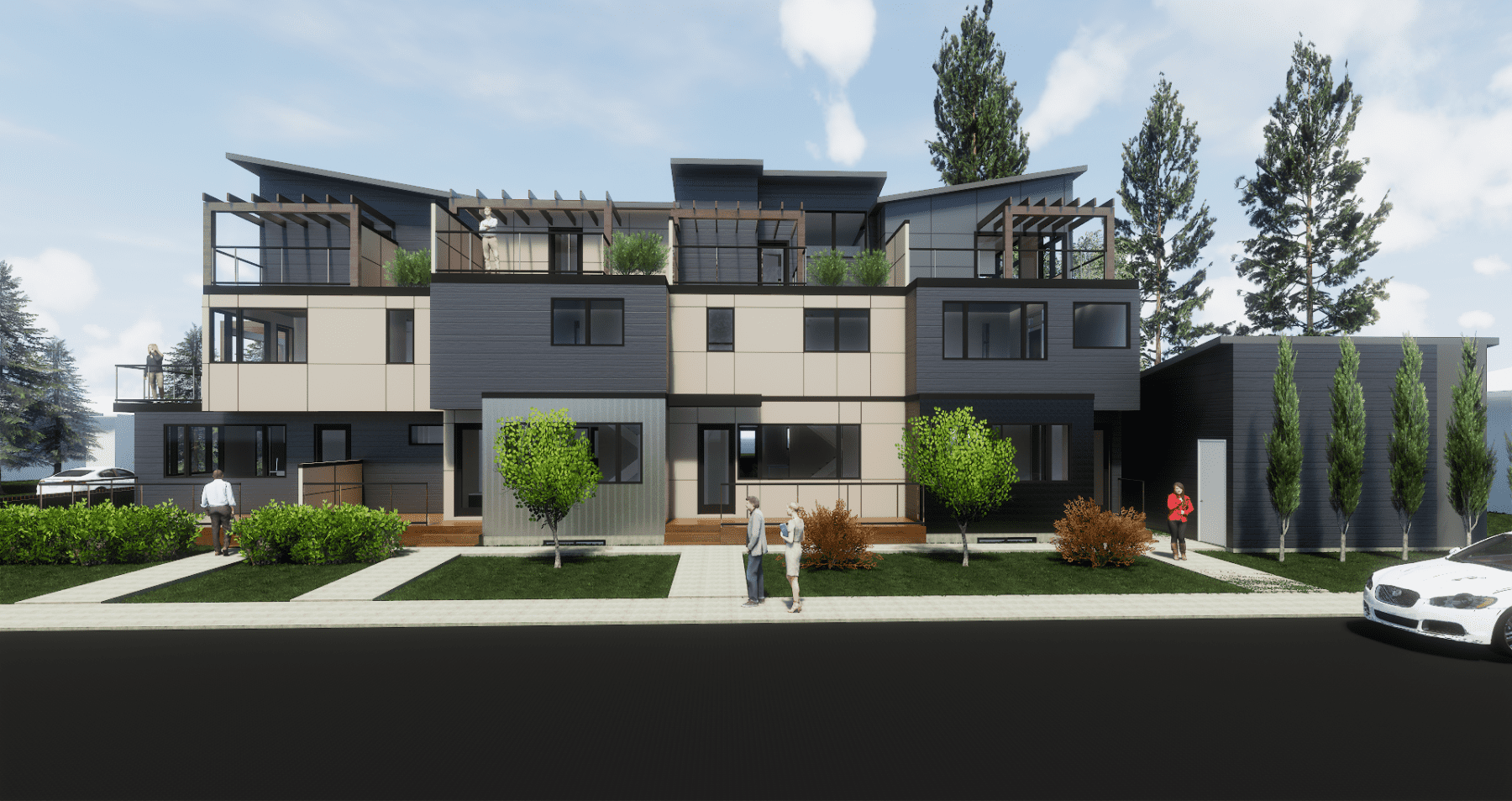
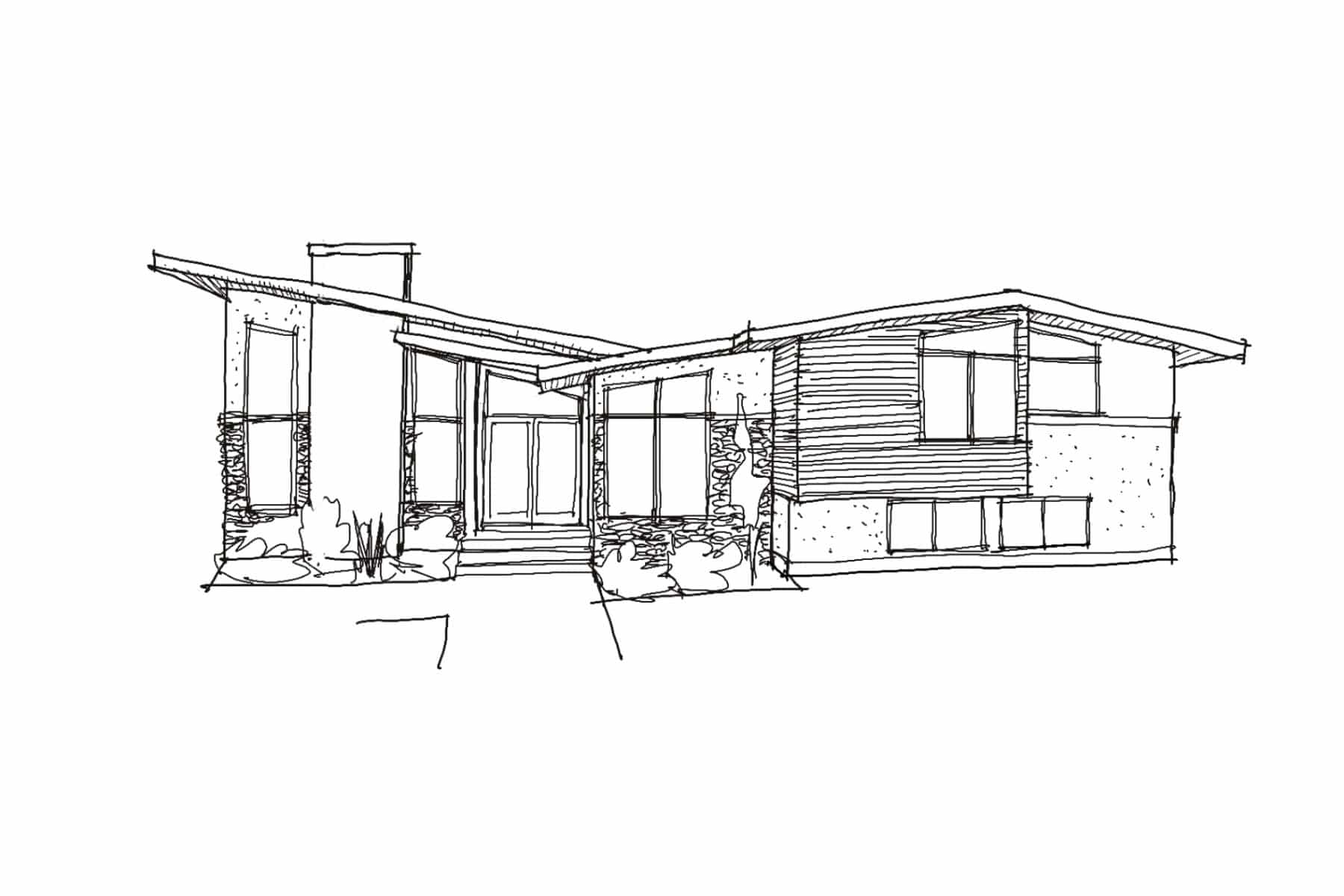
What Is Residential Design & What Do Architects & Residential Designers Do?
In short, residential design is the process of designing homes. This encompasses everything from the initial sketches to the final building plans. This type of design combines the aesthetic with the technical to produce an end result that not only meets its owner’s needs and wants but is beautiful and structurally sound.
Residential designers are responsible for creating the look and feel of a home. They must consider the function of the structure, as well as the needs of the people who will be using it. They should also account for the surrounding environment and be mindful of climate conditions.
What Are The Differences Between Residential Designers, Interior Designers & Architects?
If you’ve ever found yourself confused over what each of these designations entails, don’t worry – you’re not alone.
Over many years in the industry, we’ve come to realize that this confusion is rather commonplace.
Residential Designers
Residential designers often possess a diploma in Architectural Technologies and have years of experience designing homes, both inside and out. Their design includes:
- Floor plan design
- Room heights and sizes
- Use of space
- Exterior design and detailing
- Placement of building on site
- Site grading
- Dealing with municipalities, approvals, and permits
- Consulting with structural engineers and other professionals
Residential designers may or may not have formal training in engineering, but they should be familiar with building codes, sustainable principles, and safety regulations. They often also act as the liaison between homeowners, builders, developers, and municipal planning departments.
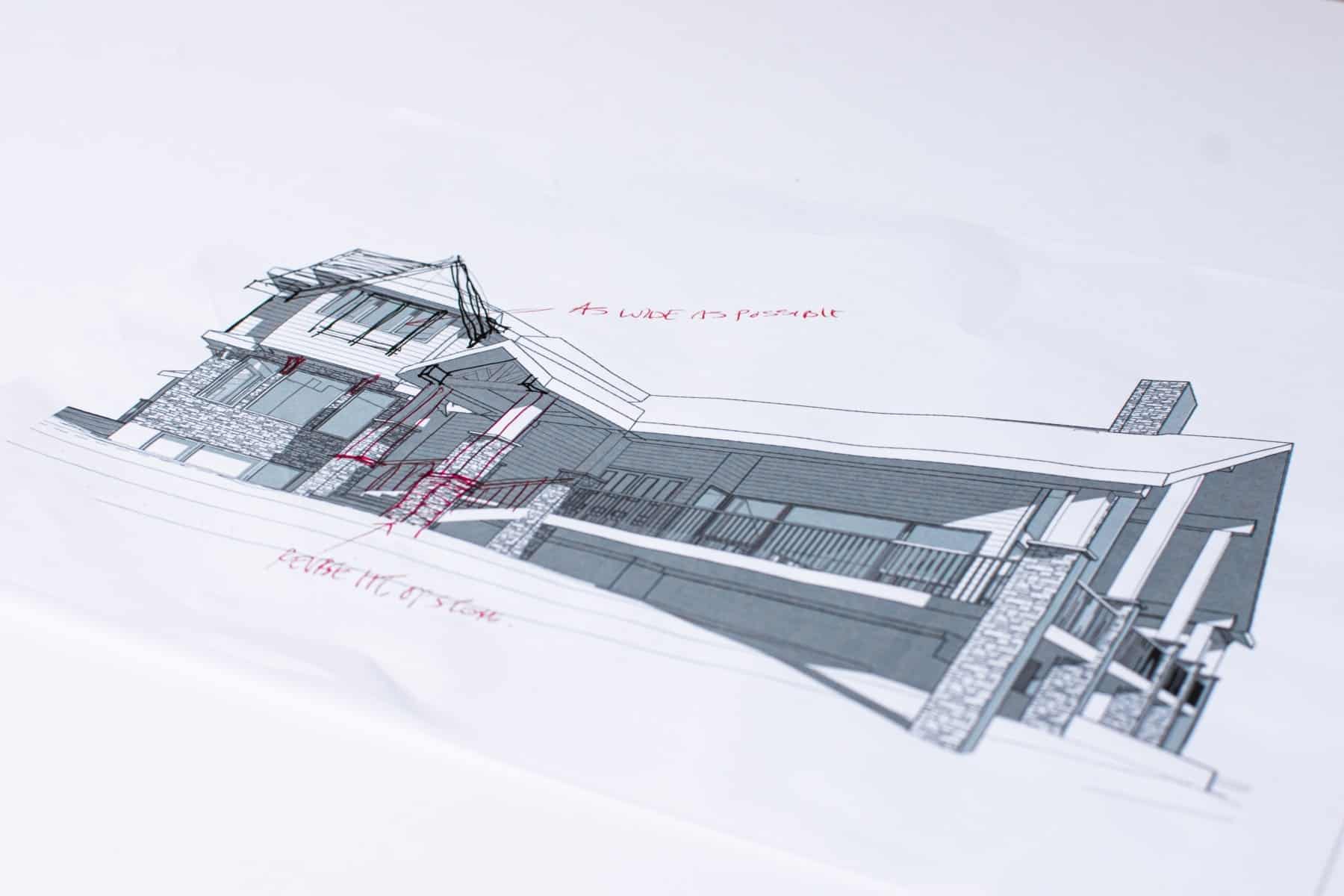
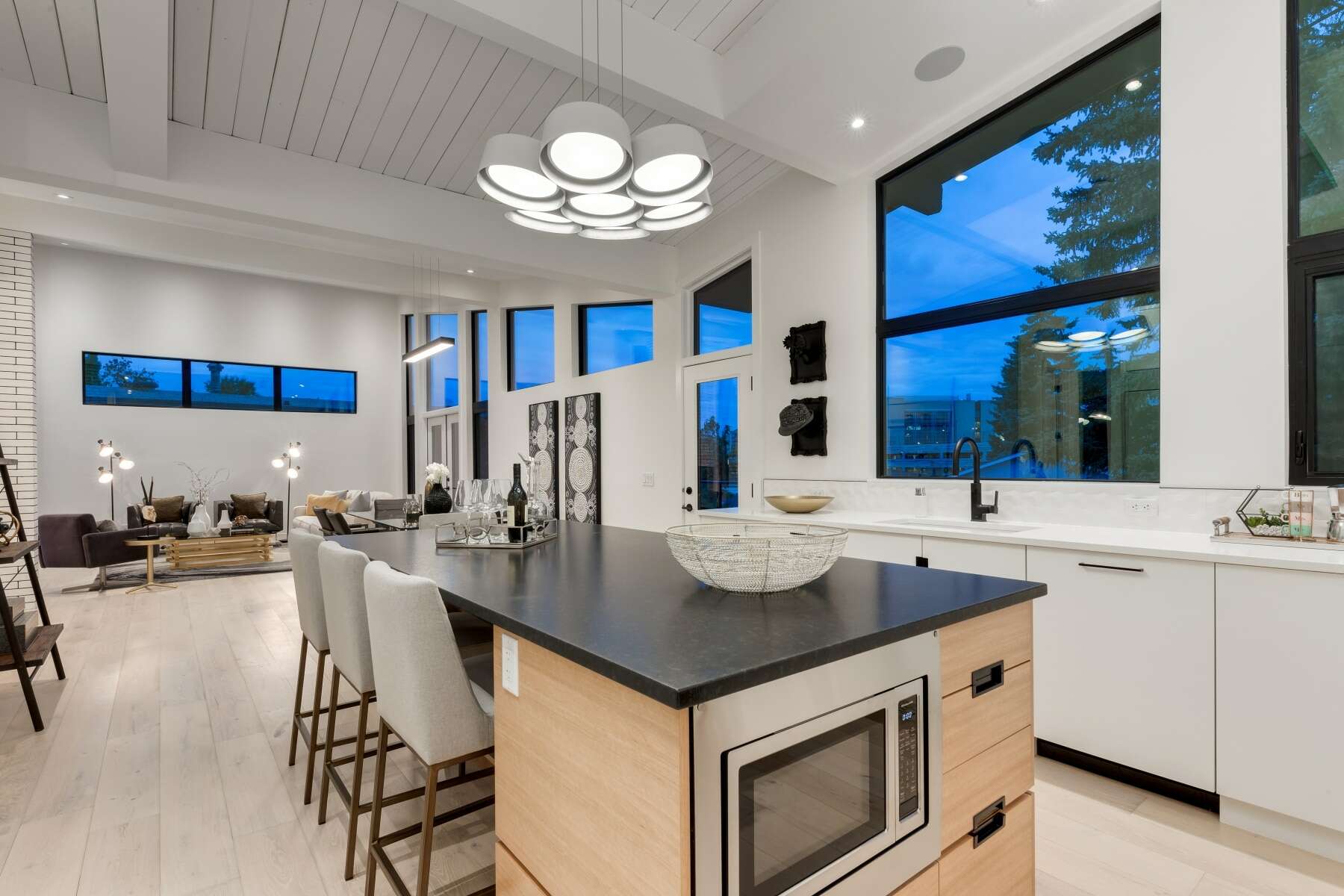
Interior Designers
Interior designers hold a degree in Interior Design and are focused on the inside of a building, specifically the layout and aesthetics of the rooms. This includes specializing in:
- Detailed millwork
- Kitchen and cabinet design
- Flooring
- Wallcoverings
- Electrical and plumbing fixtures
- Colour schemes
- Furnishings
- Art selection and placement
- Window coverings
Interior designers do not typically need to have as much engineering knowledge, as their expertise is non-structural, lying within the building shell.
Architect
In order to be an architect, you must possess a minimum of a degree in Architecture and must complete several years of internship before becoming a licensed architect. At a high level, they:
-
Design exterior and interior structure, layout, flow, shape, use of space, placement of building on site.
-
Possess technical expertise in bylaw, site selection, building code, sustainable principles, construction technology.
-
Have a scope of practice that covers all types of buildings.
-
Lead team of engineers and consultants during design and construction.
-
If you are planning on building a new residential home or renovating your existing home, then you may want to consider a residential designer instead.
If you are planning a large scale project, then a licensed architect is definitely needed, however there is a significant cost with hiring a licensed architect. If you are planning on renovating, building a new residential home, then you may want to consider a residential designer instead.
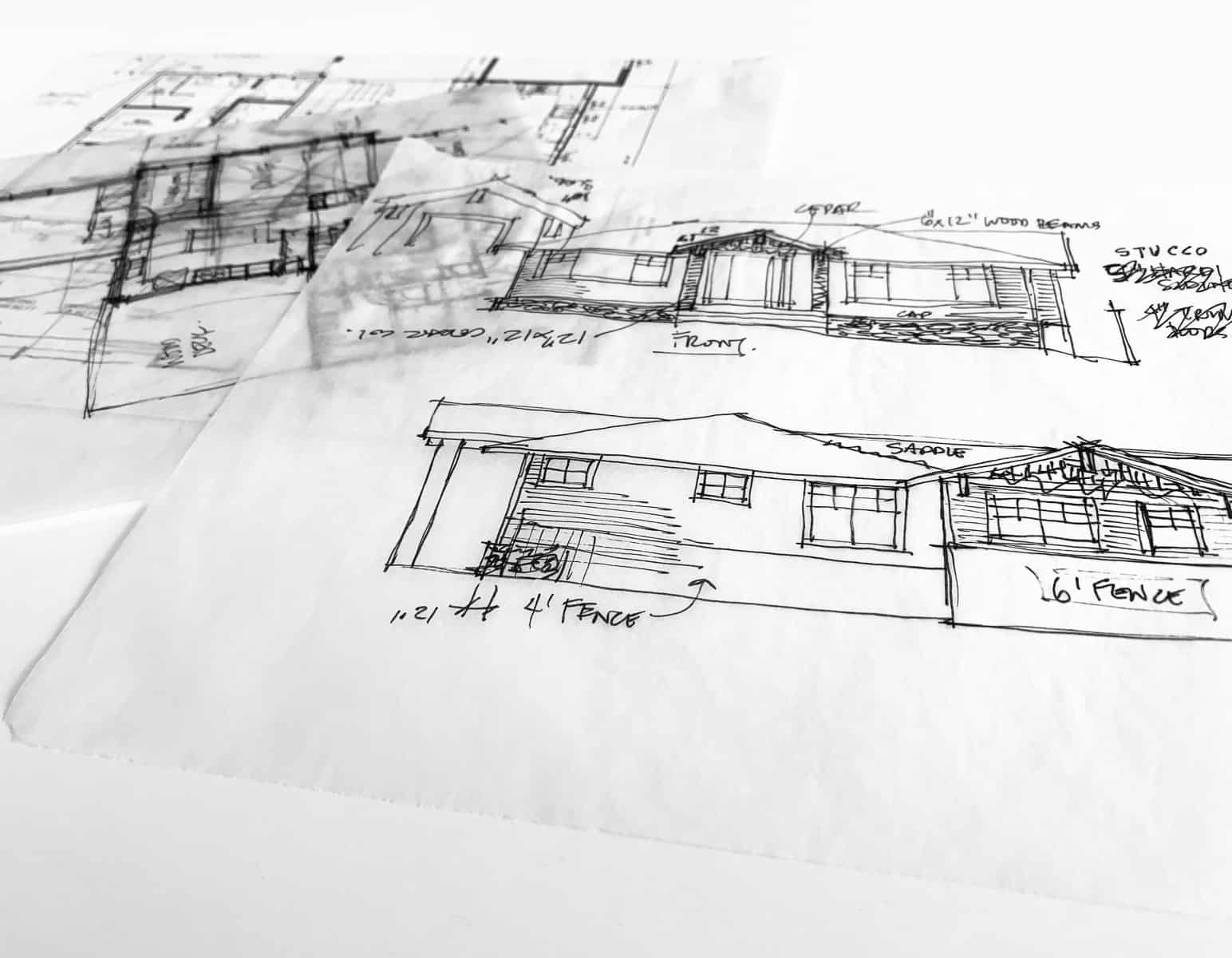
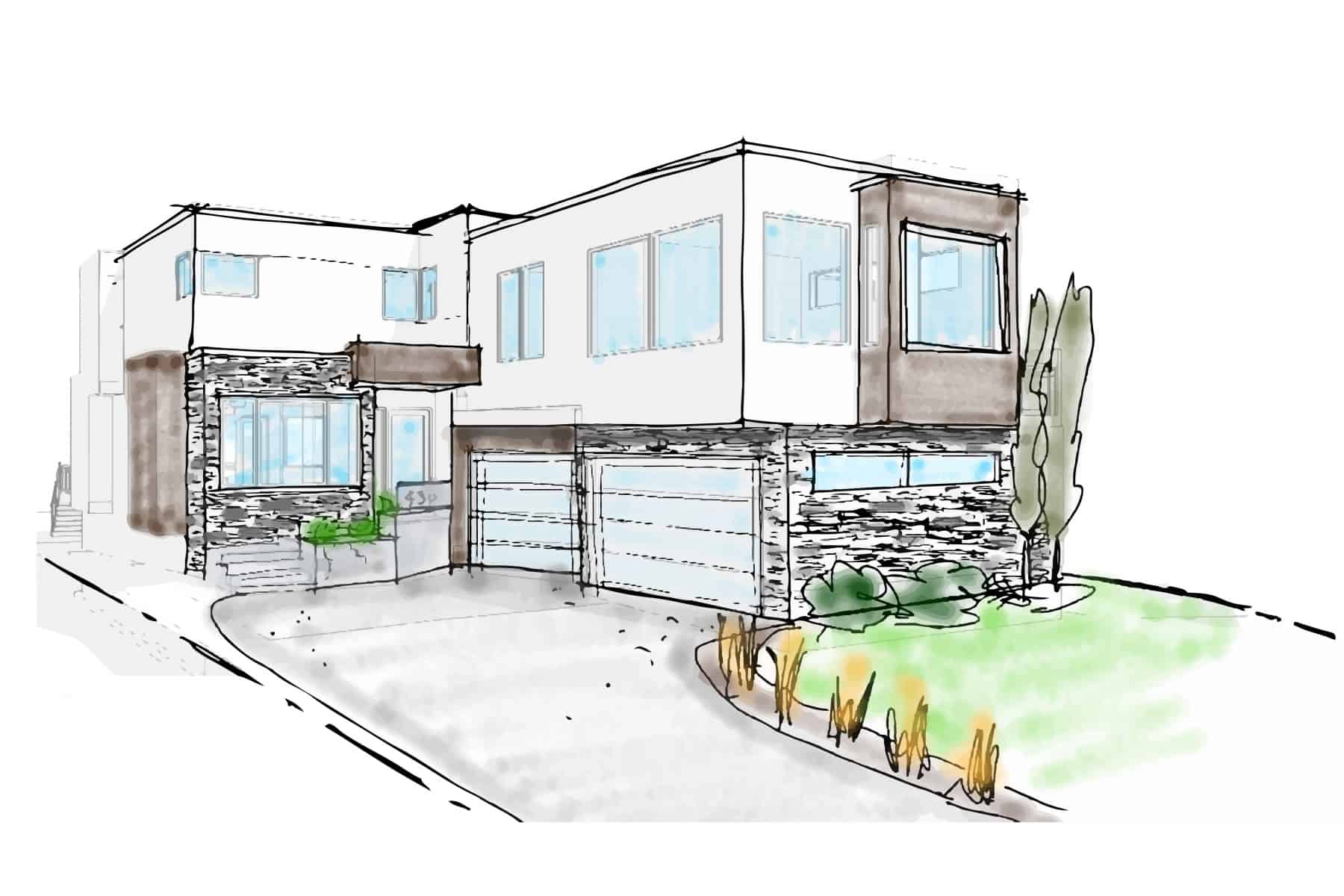
What Is The Process Of Designing A Building?
Style & Trends of Residential Design
Architectural styles and trends vary over time, with new designs and materials constantly being developed. Some of the more popular styles of architecture include:
Traditional
This style features classical elements such as columns and arches and is often used for public buildings lik churches or government institutions.
Traditional
This style features classical elements such as columns and arches and is often used for public buildings like churches or government institutions.
Modern
Characterized by sleek, minimalist designs, this style is known for its use of modern materials such as concrete and glass.
Modern
Characterized by sleek, minimalist designs, this style is known for its use of modern materials such as concrete and glass.
Industrial
This style uses exposed brick and metal structures to create an industrial feel.
Industrial
This style uses exposed brick and metal structures to create an industrial feel.
Green
Emphasizing sustainable design principles, this style uses natural materials and energy-efficient technologies.
Green
Emphasizing sustainable design principles, this style uses natural materials and energy-efficient technologies.

The Importance Of Structural Engineering In Residential Design
Structural engineering is an essential part of residential design, as it ensures that buildings are safe and structurally sound. In order to create a structurally sound building, residential designers must understand the principles of structural engineering, such as how loads are transferred and how to design a structure that can withstand them using appropriate materials.
By hiring a qualified residential designer to help with your design, you can rest assured knowing that it will be safe and structurally sound.
Professional EthicsIn Residential Design
Following professional ethics is essential to maintaining the integrity of the residential design profession. It ensures that clients can trust residential designers to do what is best for them and that designers can be proud of the work they produce.
At Ellergodt Design, one of the most important aspects of being a residential designer is following professional ethics. This means adhering to a code of conduct that ensures the safety and well-being of the public, as well as the quality of our work. We pride ourselves on being honest and truthful in our dealings with clients, contractors, and other professionals.
We always put the needs of our clients first.

Residential design is the roadmap for any home build, so choosing the right design team is imperative for a successful project.
At our full-service, award-winning design firm, we simplify the residential design process by tailoring our approach to meet the unique needs of every client. At every phase of your project, from concept through to completion – we are there for you.
